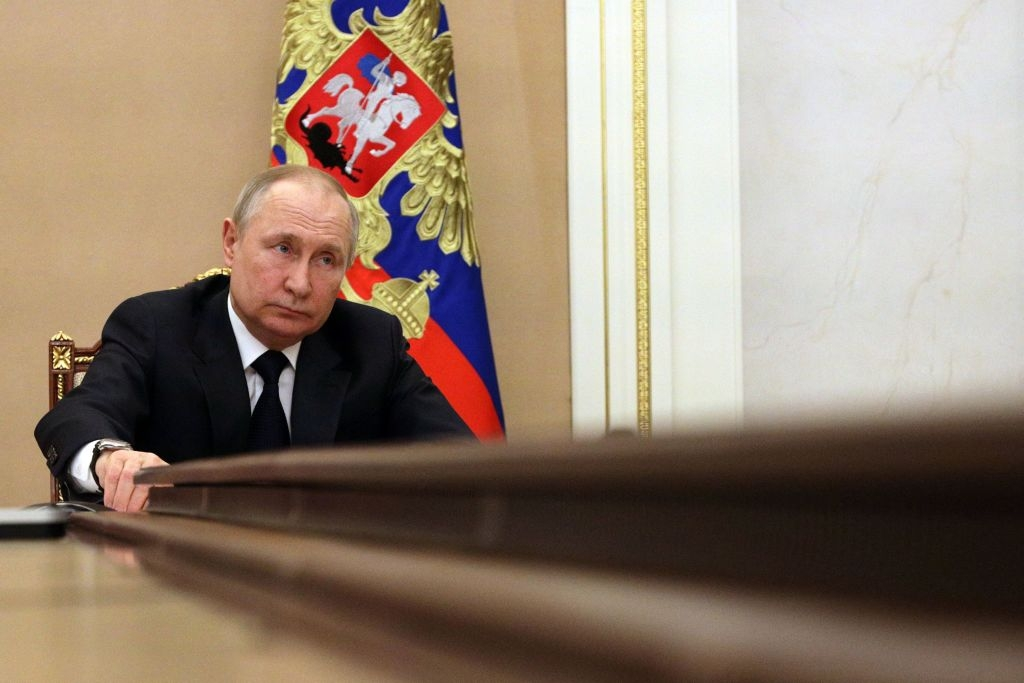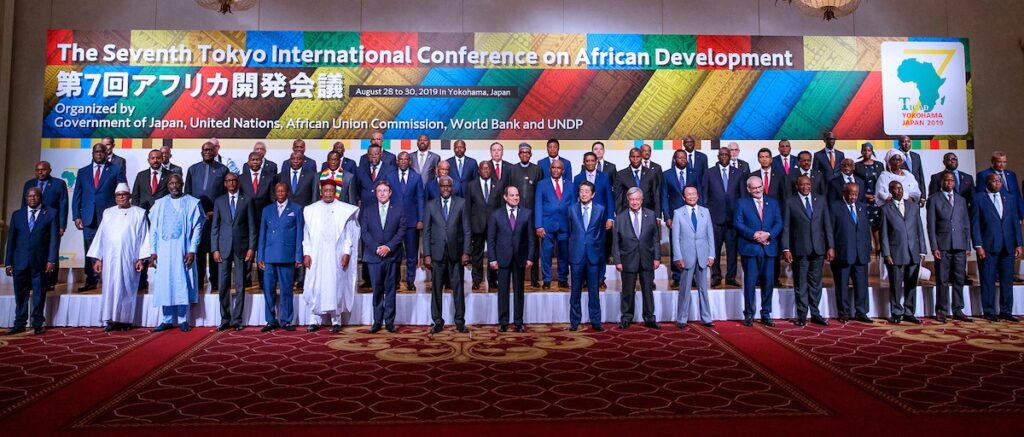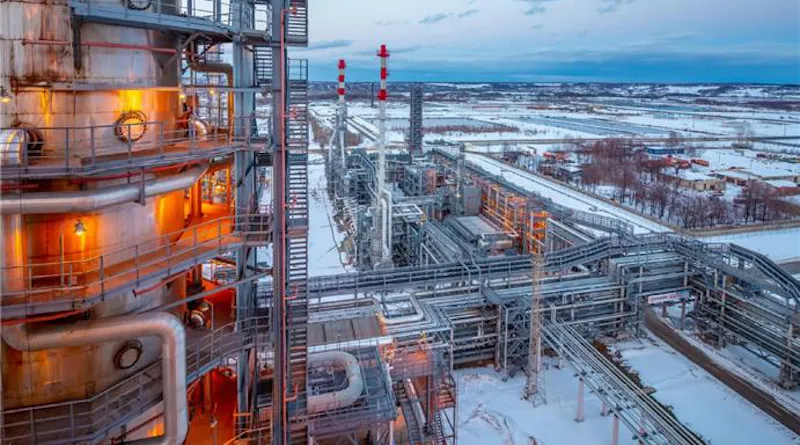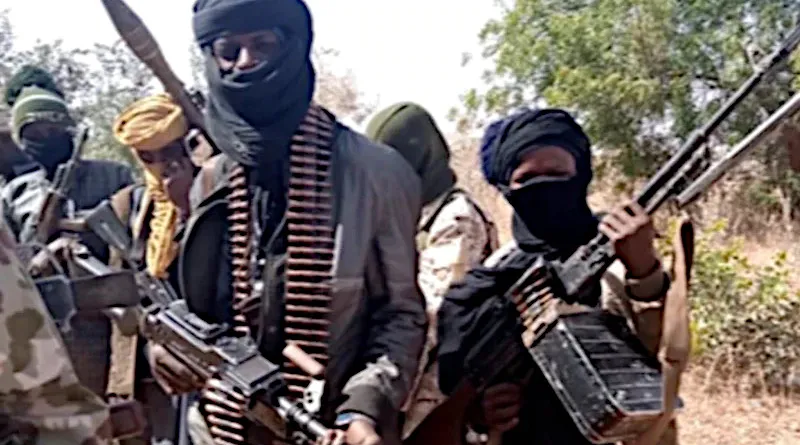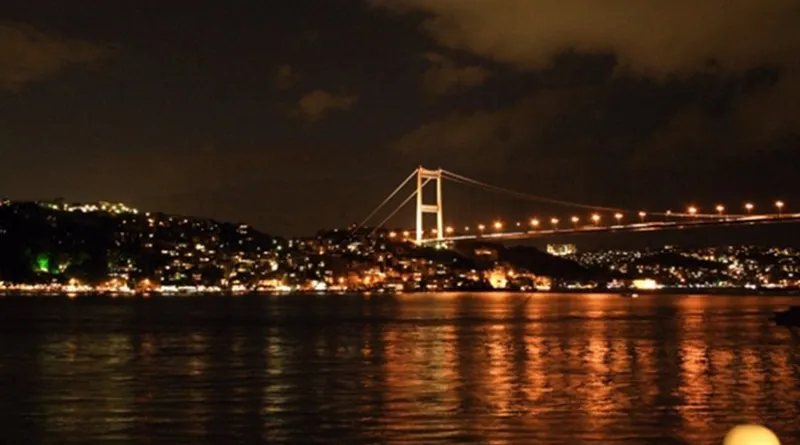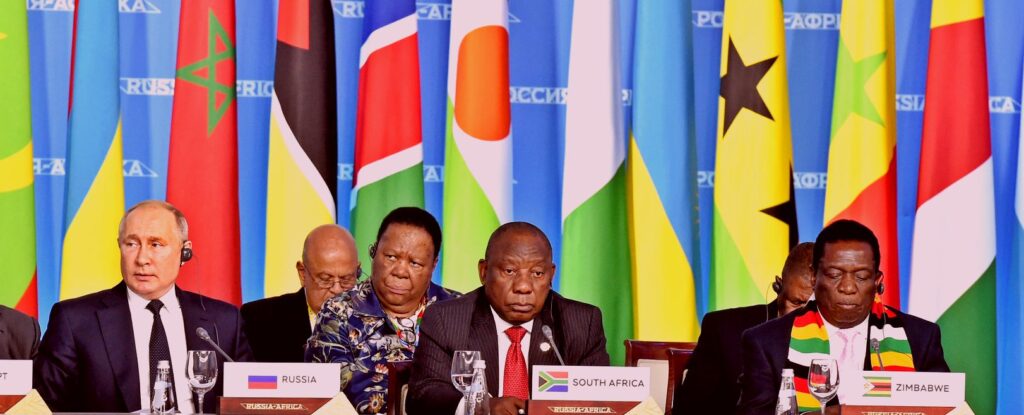Ukraine alone won’t save democracy
A cottage industry of books proclaiming that the end of western-style democracy is nye proliferated over the past years. Russia’s war against Ukraine, the revival of an authoritarian rival, could have been the nail in the coffin. Yet the opposite has happened. When confronted with the realities of a tyranny, embracing one’s democratic institutions isn’t hard to do. But ultimately people’s confidence in democracy comes from domestic, not foreign policy, and its ability to deliver a materially superior way of life, argues Philip Collins.


